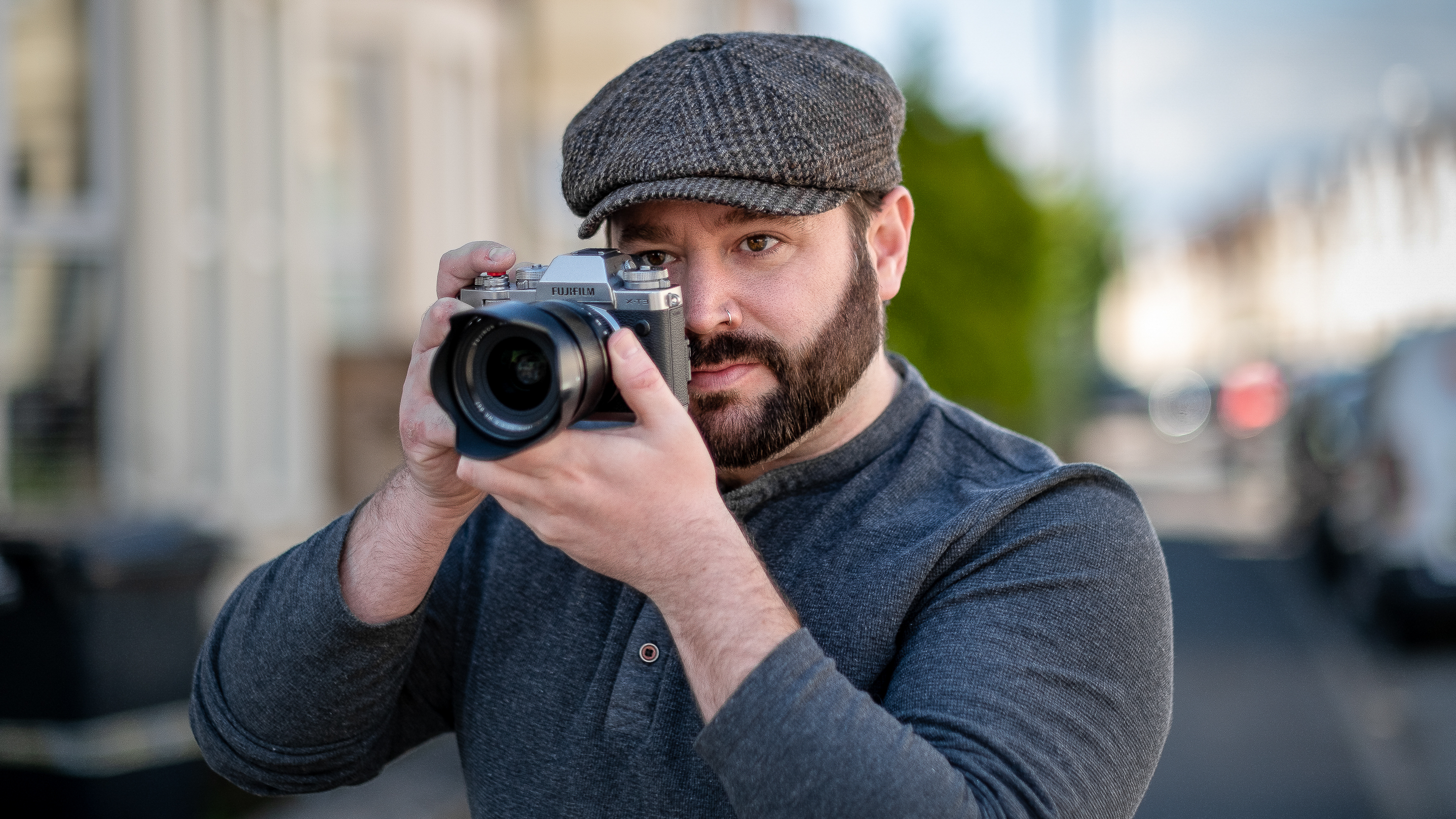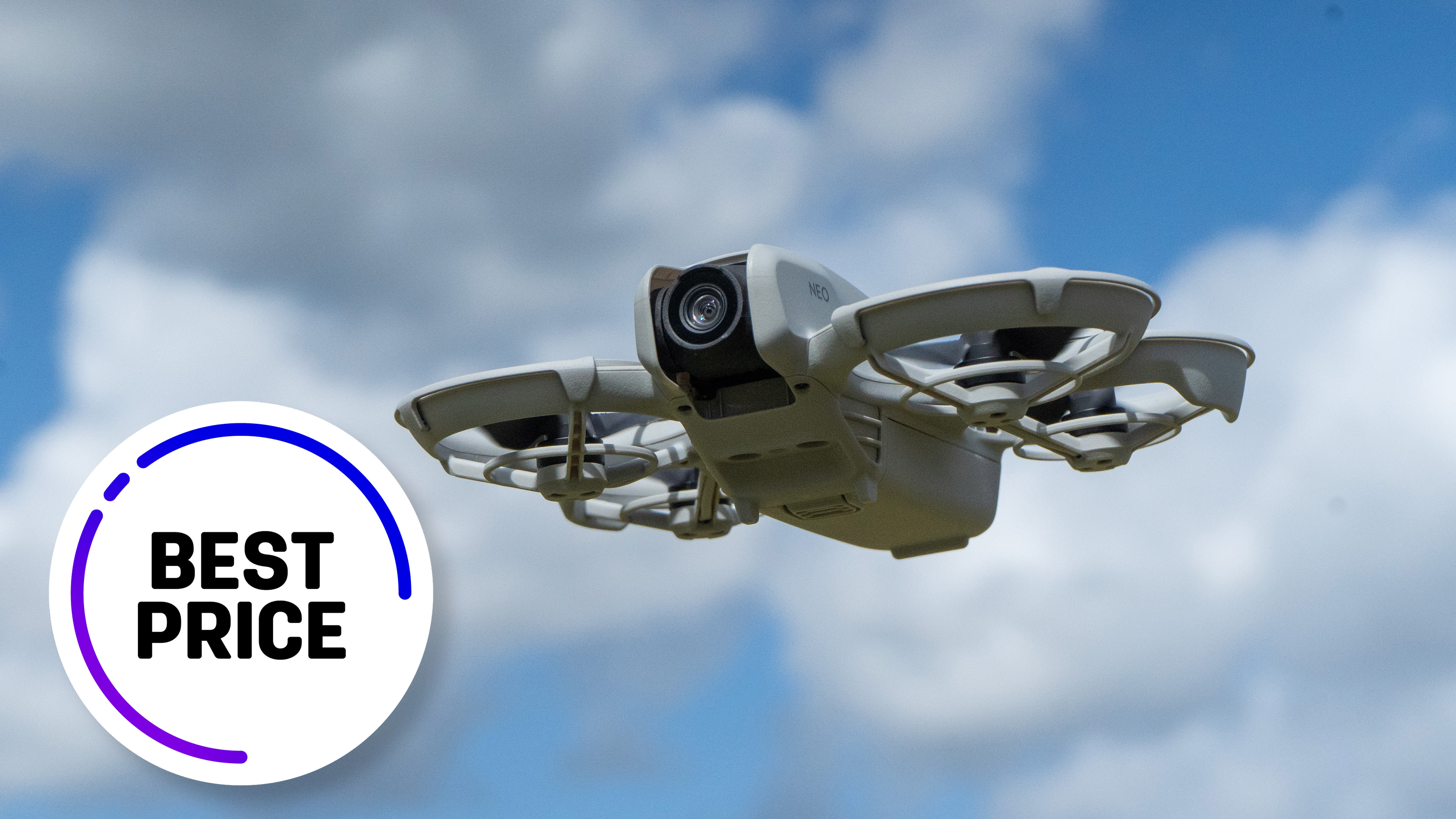The ultimate guide to street photography - Part 1: Lenses
Conquer the streets with this guide to choosing the right lens

I originally began using the streets for my fashion photography. I couldn't afford a studio so instead I used the infinite amount of backdrops the world naturally provides us. In recent years I took that experience, and merged it into a passion project where I documented the streets and the people in them.
Street photography, although not particularly profitable, has been a much loved genre since the era that the camera was invented. When we think of street photography, many will argue that the best known pioneer was Henri Cartier-Bresson, with his candid style and precise execution of what he called 'the decisive moment'.
• 14 essential street photography tips
Street photography can be a funny old game. Sometimes you can be out all day and come home with nothing, and others can seem like shooting fish in a barrel. Once I made my peace with this situation, I learned to just enjoy being out in the world – and the photos just became a nice reward. My body of work quickly built up over a just a couple of years, and last year I was invited to represent Team UK at the Photography World Cup in the documentary category.
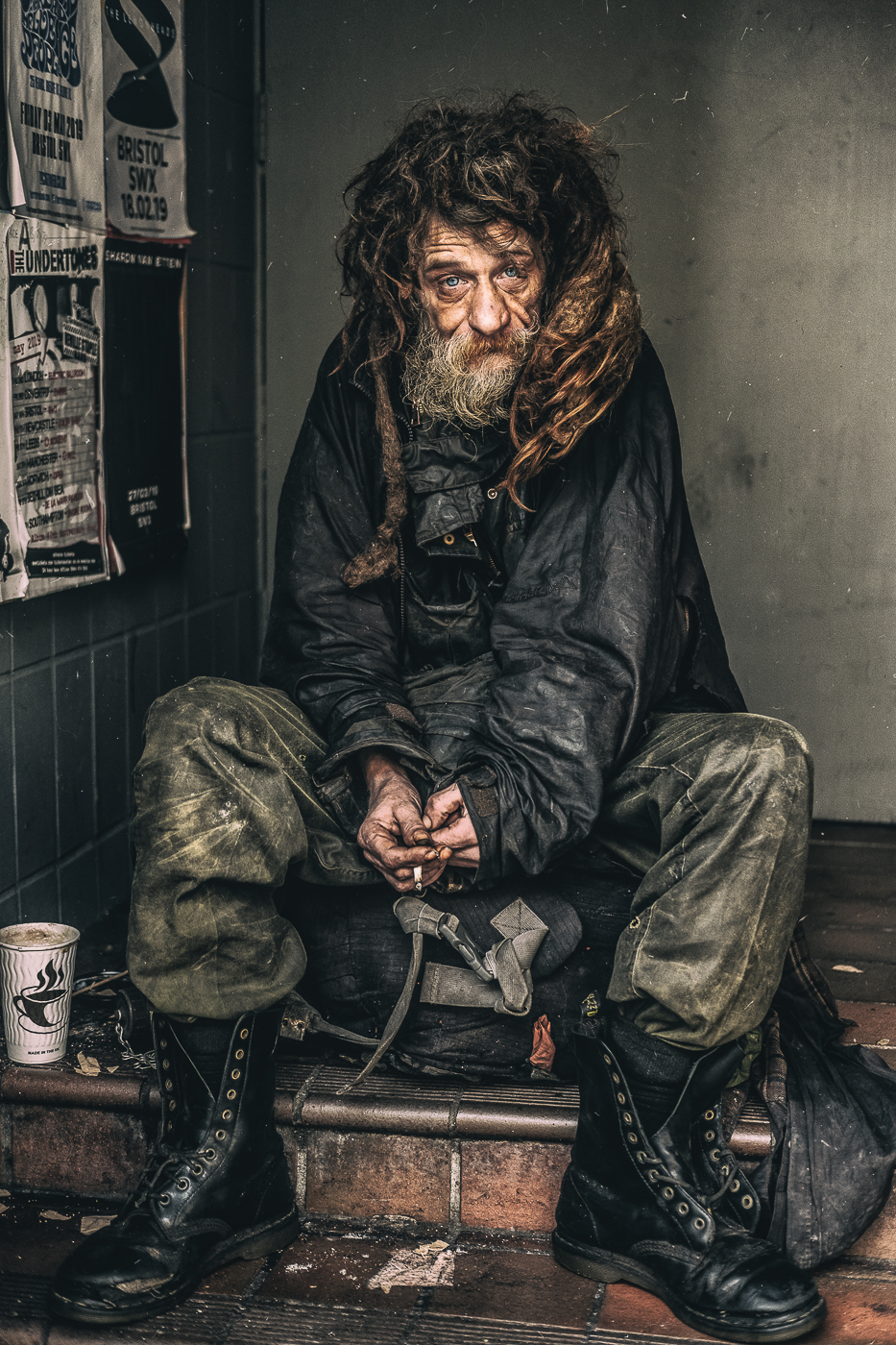
There are no absolutes within photography (or most skills for that matter), but here I will try to explain what works well for me, and what doesn't. While I talk about the best lens for street photography, I'm going to assume that you only have one camera and one lens on you (you can, of course, always load up your body with multiple cameras and lenses to look like a walking buckaroo, if you wish).
There are loads of great reasons to only carry a single lens and body:
- It will lighten your load, one of the key factors to street photography.
- You'll develop and enhance your skills with that particular lens.
- You won't waste time faffing with equipment.
- Your body of work from that day will have a consistency.
- You'll become confident making decisions on the right lens for the job across all your photography.
There are of course some downsides – the main one being you'll always spot something and say 'I wish I had brought my other lens!'
All joking aside, plan a day out with just one lens. And if you really want to push yourself, make it a prime.
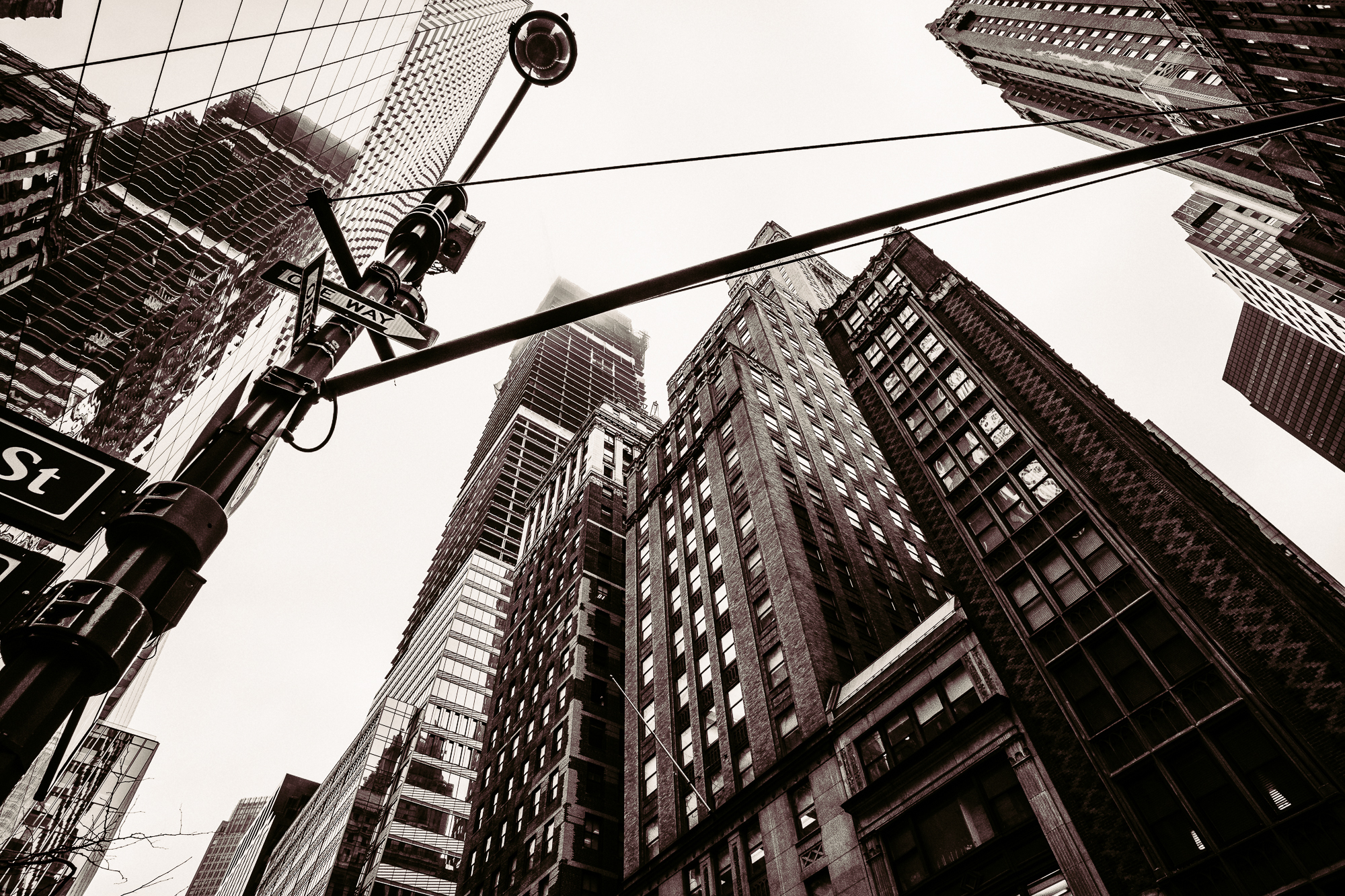
For me this is close to the worst choice of focal length for street photography. I was heading to New York and wanted a new lens that wouldn't break the bank, so I picked up the Samyang 12mm f/2. it's really small, and for that aspect great to carry around, but in reality if you're stuck on this lens for the day you may get a few cool shots but feel very limited. As I mainly photograph people I'd hate for a great opportunity for a portrait to come my way and not be able to take it. I'm glad I took it with me, and I did end up with four or five shots I wouldn't have been able to shoot on another lens. For me, this is something that I'd take out for a bit of fun when I'm bored of shooting on mid ranged lenses.
• Read more: Best wide angle lenses
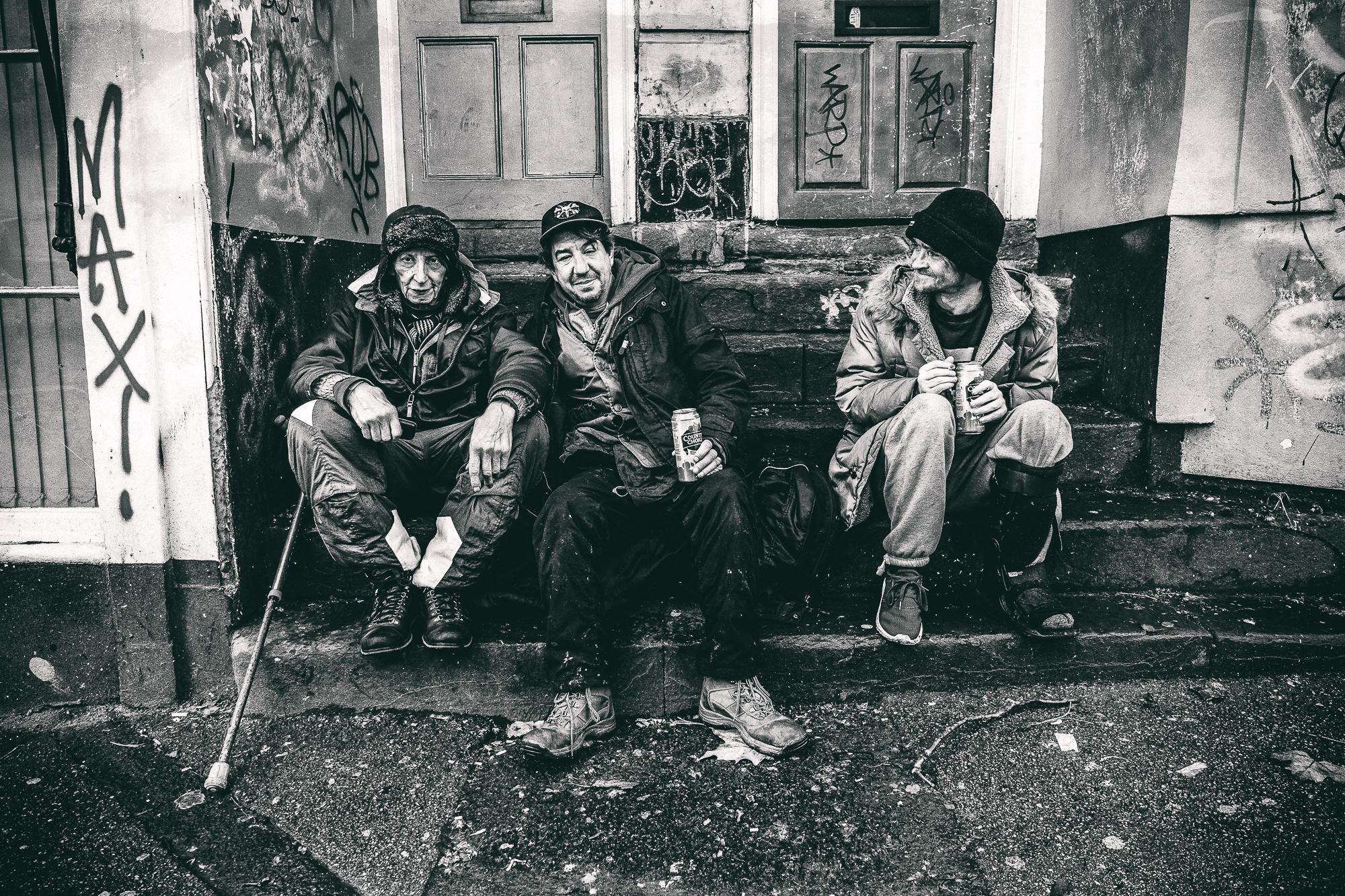
Standard zoom lenses
A 16-55mm (around 24-70mm on a full frame equivalent) range will get you out of a pickle on many occasions. Having the versatility to shoot a range of focal lengths throughout the day can often outweigh the technical benefits of shooting with a fast prime. Before I was using the Fujifilm system I would also use my Canon 24-105mm f/4 L-series lens in much the same way. That lens was incredible even with the slower f/4 limitations this wasn't something that ever mattered when out shooting on the streets.
If you're heading out to photograph an event where you're not sure what's going to happen, then a mid-ranged zoom is your best friend. I came across these three gentlemen whilst out one afternoon, inside a couple of minutes I was able to grab a shot of them in the environment, and three separate portraits of them all.
I later auctioned one of the images off and was able to send the money to a local vulnerable housing charity in their area (Donate here). I think that's also another part of the beauty of street photography, you're never quite sure how where or when the images may get used. If i had to sell all my lenses bar one tomorrow, this would be the 1 I would keep.
• Read more: Best standard zoom lenses
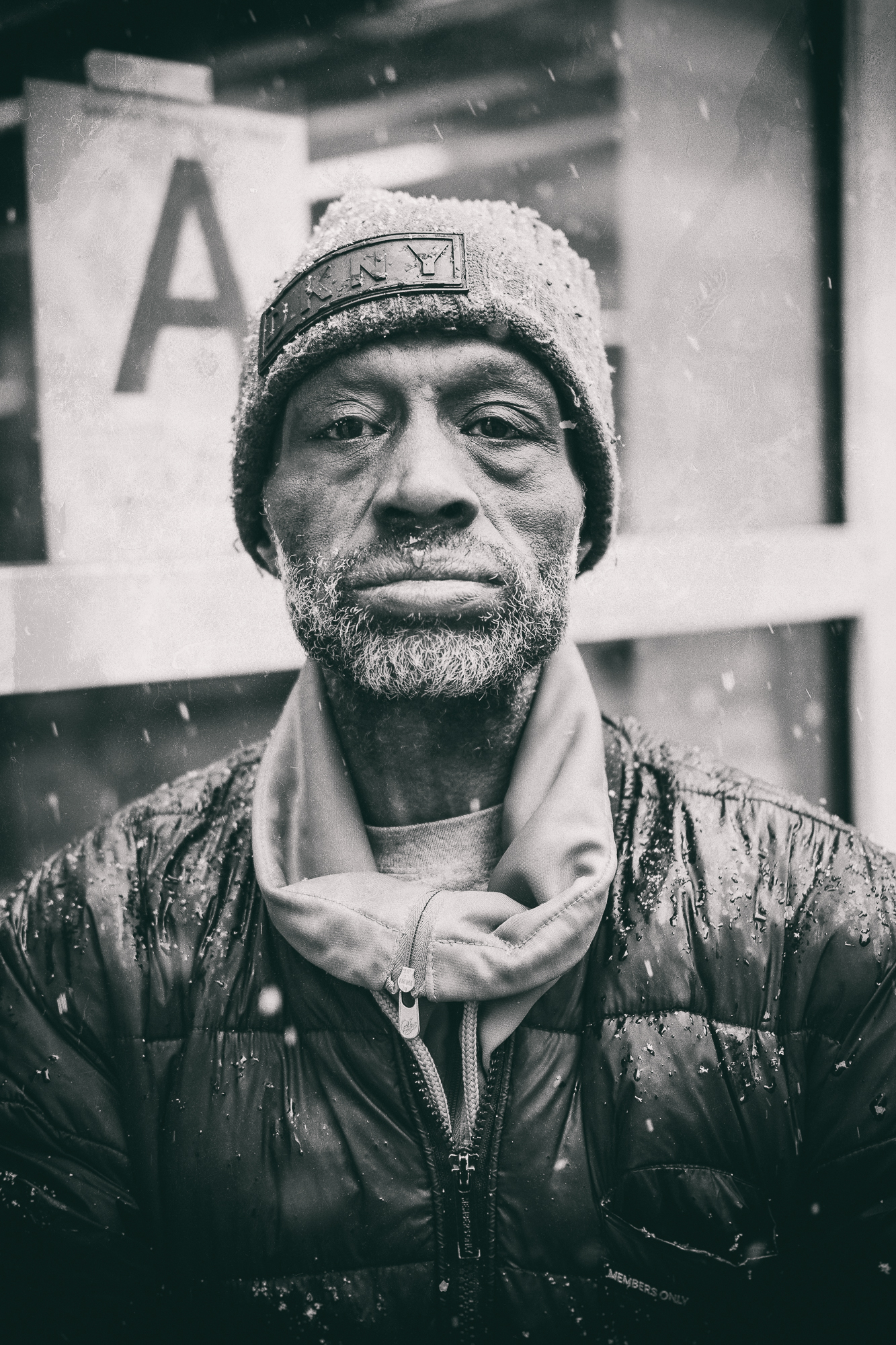
Standard prime lenses
A standard prime lens is quite possibly the best lens for street photography (although ask me tomorrow and I may tell you differently). I'll try to keep my reasons concise. From a technical point of view - they are usually small, light, cheaper than other lenses, have fast apertures and are discrete. You can shoot almost anything on them too, from intimate portraits and architectural images to wider street shots and close up details of anything you spot in the area while walking.
However, the main reason for their popularity for street photography is their small size, which brings so many positives. When I approach someone for a portrait they are far more likely to say yes if you have a little point and click style setup rather than a full frame DSLR with a battery grip and 400mm massive grey lens attached to it with a scope. Something with a focal length of around 50mm on a full frame sensor gives your images a little room to breathe, and more often than not you'll tend to use them wide open to create separation for your subject and beautifully rendered backgrounds. When I started out with Canon camera, all I had for the first couple of years was the Canon 50mm f/1.4. I feel like it's the perfect street setup for me and a lens everyone should have in their kit bag.
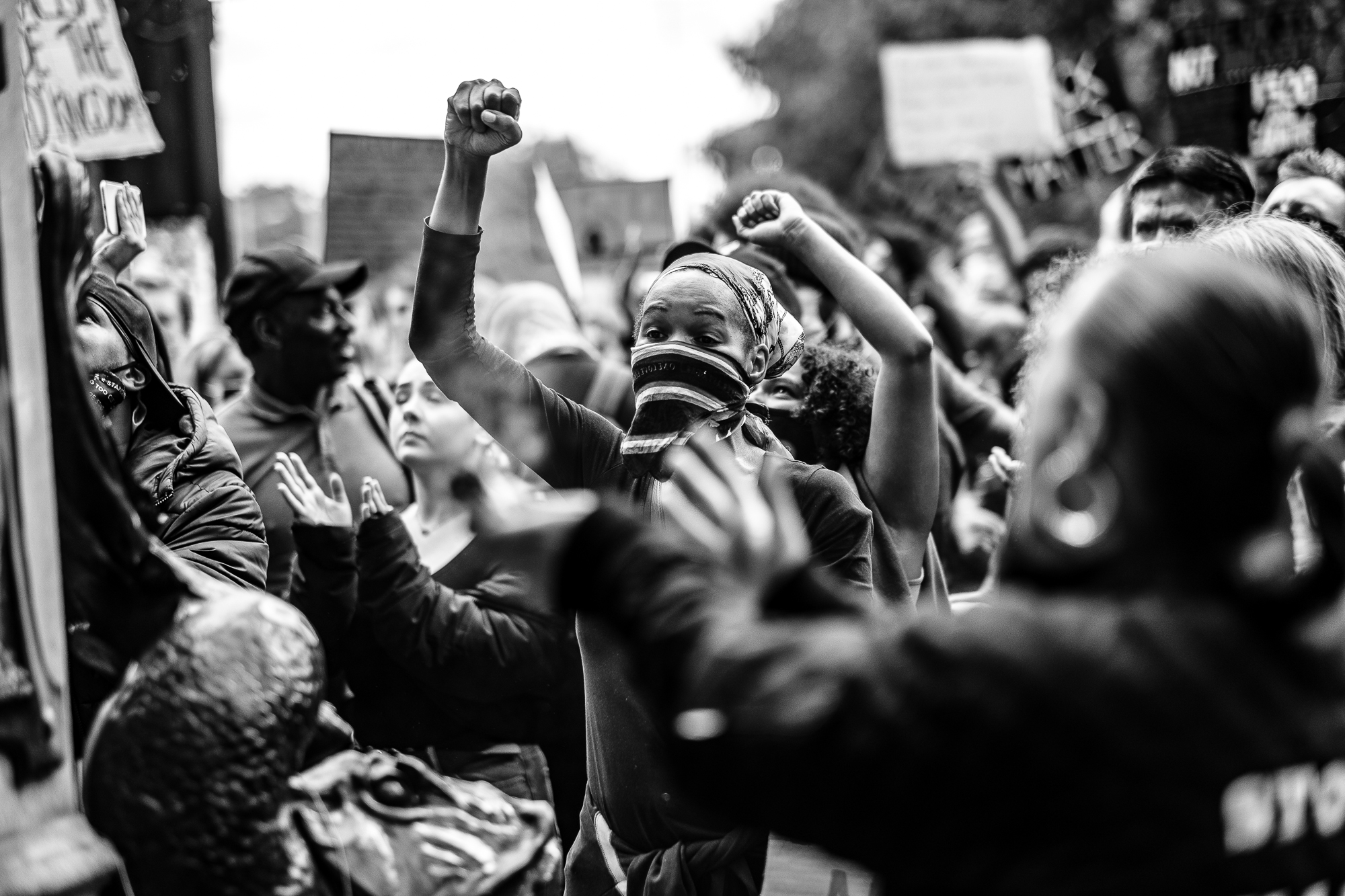
Mid-to-telephoto prime lenses
A telephoto prime lens with a wide maximum aperture can be the cream of the crop (depending on your style, of course). These lenses (around 75mm-105mm on a full frame sensor) are a joy to behold. They're absolutely perfect for portraits and can be powerful when you are in amongst the nitty gritty of raw street photography. With their large apertures it's almost impossible to take a bad shot. They tend to be slightly larger than mid-ranged primes, but not by much.
If you're not quite used to shooting fully manual with a fast prime you can set your aperture wide open and let the camera take care of the rest. On my previous system, I had the Canon EF 85mm F1.8 USM, but I hardly used it. This was mainly because I was shooting fashion and always needed to provide longer full body shots and this lens was just a little too tight for that. However, just before I moved to the Fujifilm mirrorless system, I began to shoot street photography and began to use the 85mm properly and loved it. I was sad to see it go, as lenses of that length can be a little pricey and I didn't think I'd be able to replace it on my new system anytime soon.
It wasn't long before I ended up buying the 56mm for the Fujifilm. It might not be the perfect focal length to walk around with all day, but it's permanently glued to my second camera body. Plus, when I've opted to take my 16-55mm out as my main lens for that day, I'll always sneak my 56mm if there's room in my kitbag.
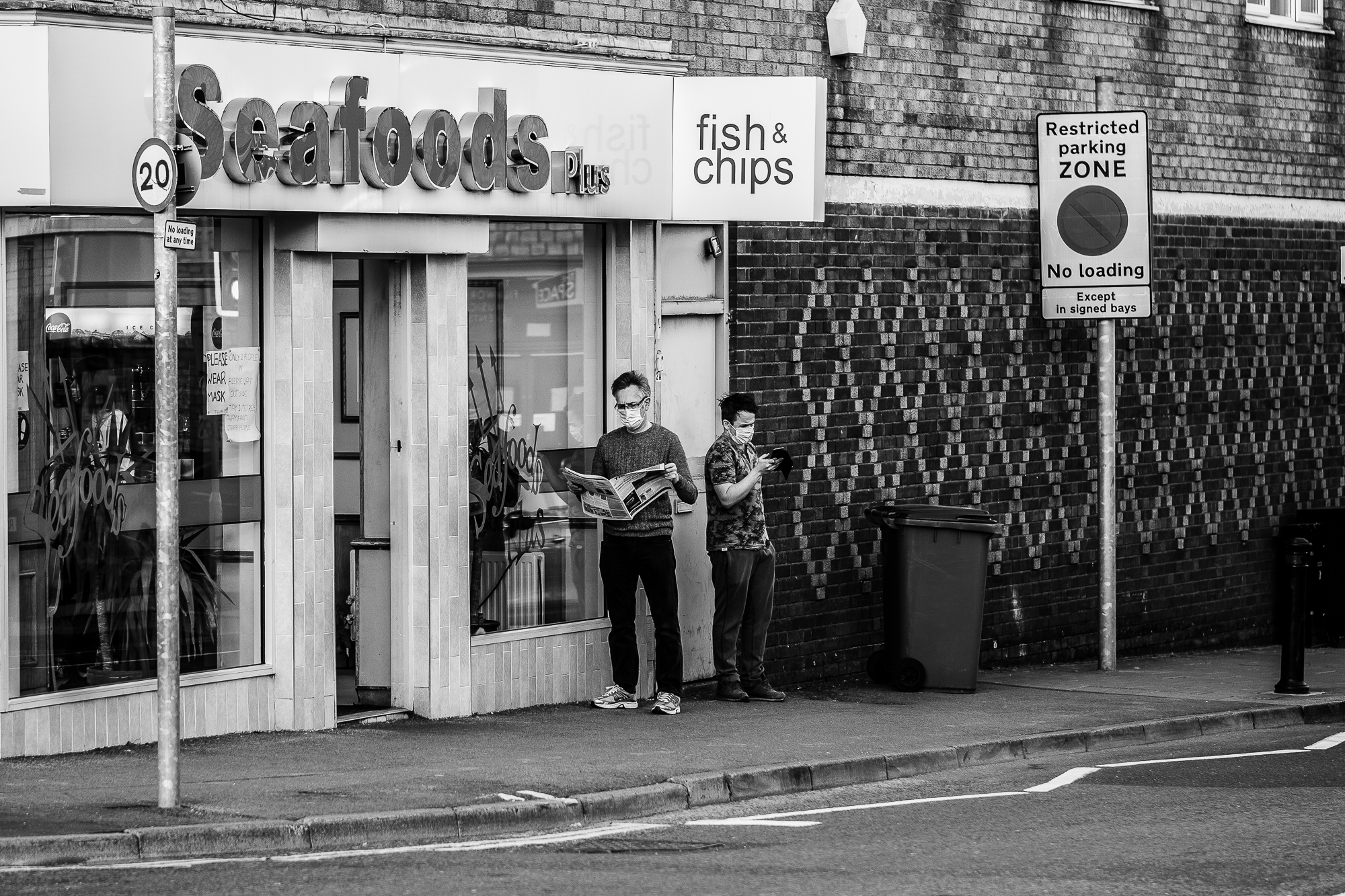
Telephoto Lenses
This is probably one of the worst setups for street photography. Telephoto lenses are typically very large in both size and weight (especially the wider maximum aperture versions). That's not to say they can't be used, they just provide a very different aesthetic. They can also be quite voyeuristic, which can make passers-by feel uncomfortable.
Don't get me wrong, these lenses have a time and a place, but it just may not be here. In the past I used to shoot a lot of weddings, and I think it would literally be impossible for me to have photographed a wedding day without one. Plus, in that situation it's pretty common to see the photographer carrying around large equipment. With street photography it would be pretty intimidating to walk up to a stranger with a lens longer than your arm asking for a portrait (but you could probably disguise yourself as a mailbox and get some good shots if you really wanted to!).
Read more:
Best lens for street photography
Best pancake lenses
Best mirrorless camera
Best Fujifilm camera
Best Olympus camera
Best Nikon camera
Best Canon camera
Get the Digital Camera World Newsletter
The best camera deals, reviews, product advice, and unmissable photography news, direct to your inbox!
Alistair is the Features Editor of Digital Camera magazine, and has worked as a professional photographer and video producer.
